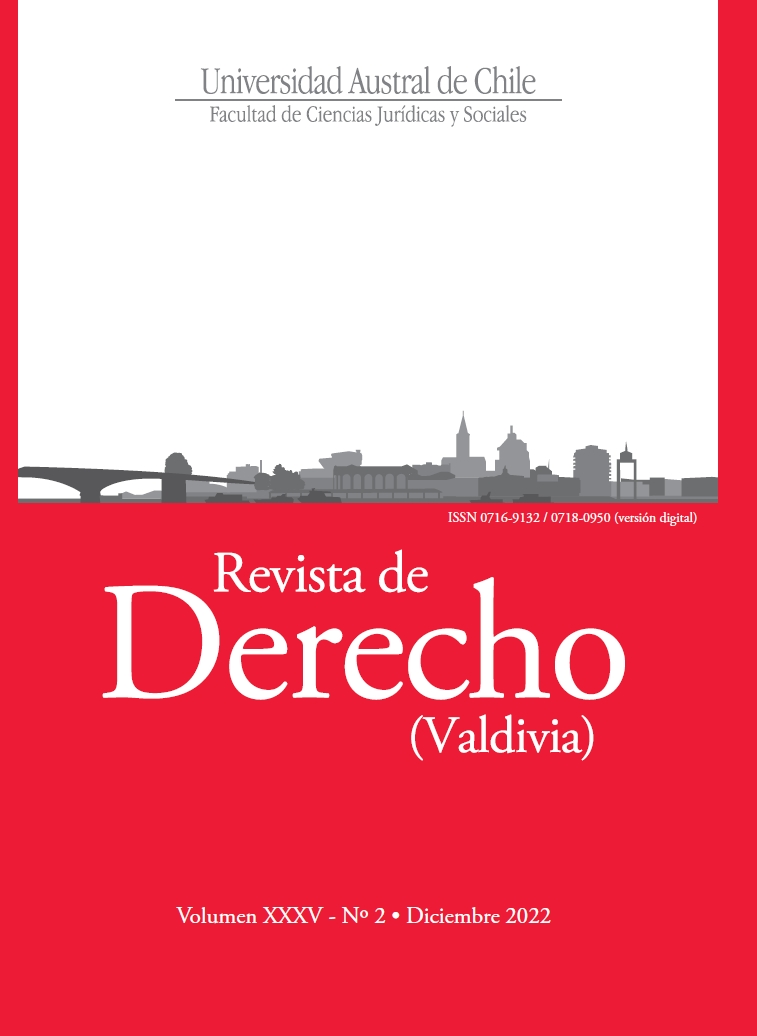Structural nature of the corruption phenomenon and inadequacy of the international-legal approach based on individual conduct
Main Article Content
Abstract
There is ample evidence of the structural nature of corruption and the type of organizations through which it takes place. Nevertheless, anti-corruption international treaties, which were drawn up in the 1990s and at the beginning of the 21st century, continue to equate corruption to individual conduct revolving around the misuse of decision-making power or the alteration of the essence of a process, for one’s own benefit or that of a third party. This prevents transnational corruption from being addressed effectively. Given this situation, it is necessary to review this approach in order to focus the prevention, investigation and punishment of this phenomenon on the organizations that promote it and on the scope of their corrupt practices.


 https://orcid.org/0000-0001-9724-0163
https://orcid.org/0000-0001-9724-0163